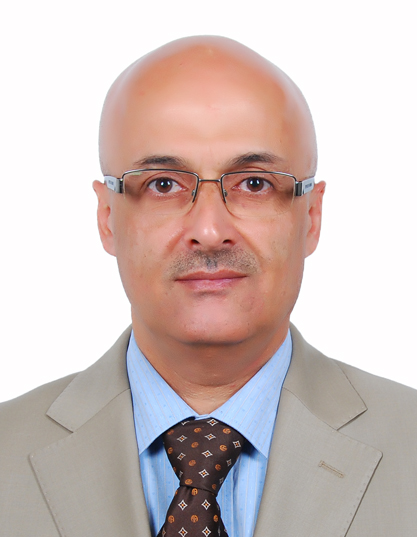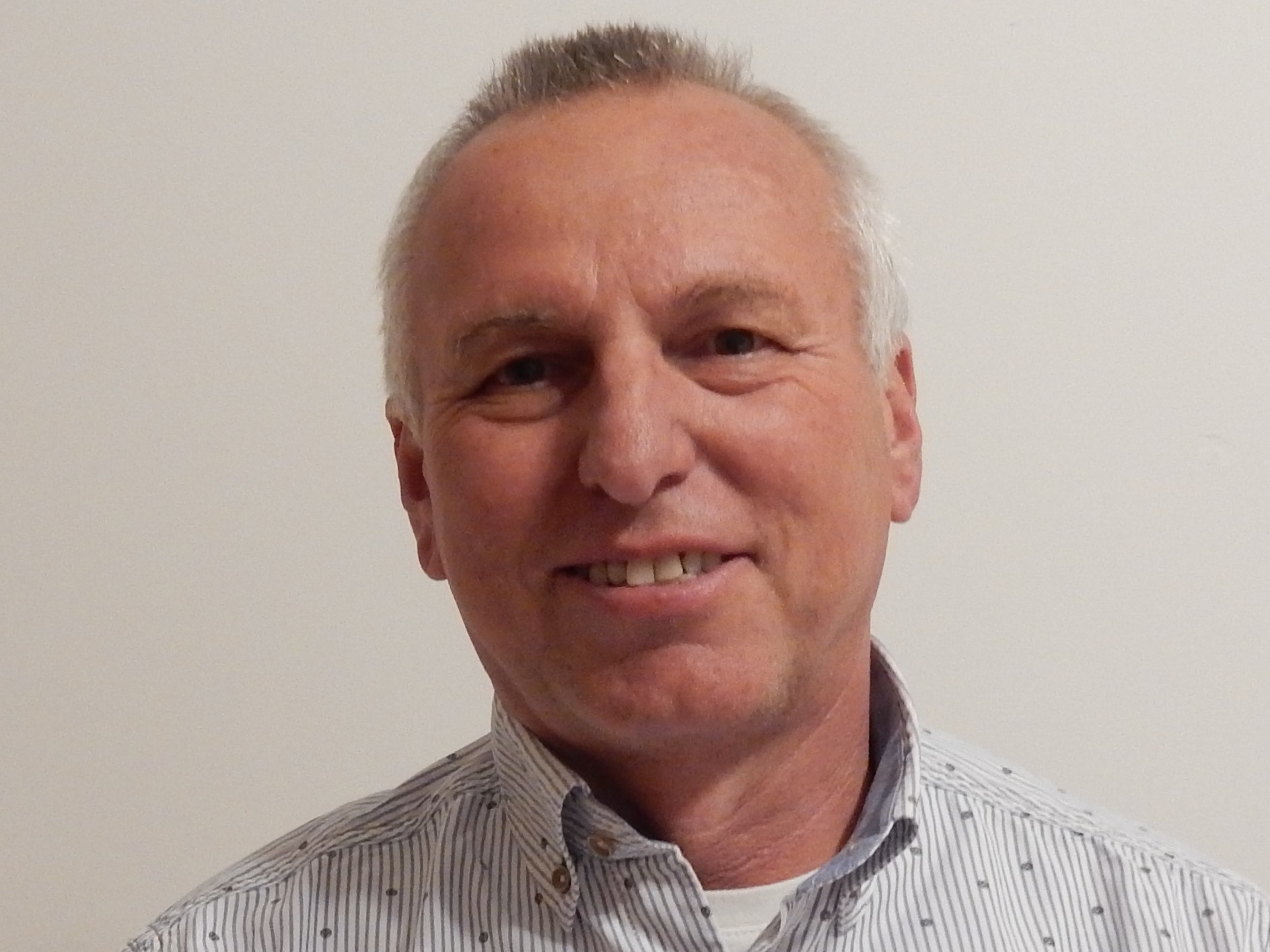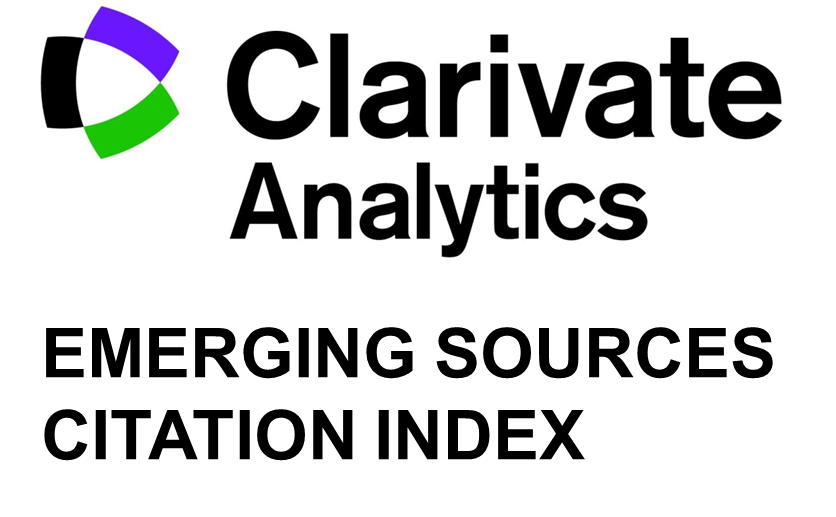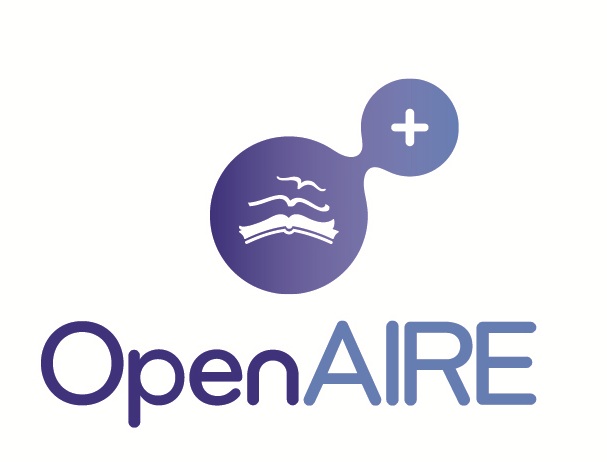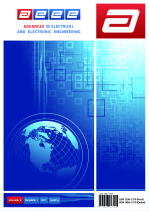2024
Vol 22, No 2 (2024): June
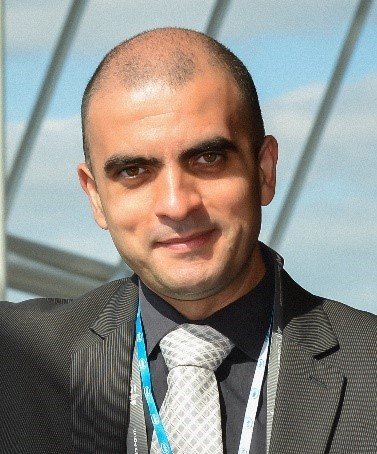
Foreword about Peppino Fazio, Associate Professor of the Department of Molecular Sciences and Nanosystems, Ca’ Foscari University of Venice, Italy.
"I am really proud to briefly write to this prestigious journal. Through many years of professional and research activity, I have consistently addressed issues related to telecommunications systems, with particular attention to Predictive Algorithms in Cellular Networks. There has been significant global improvement in these services, and I have observed remarkable advancements in Electrical and Electronic Engineering. They are largely due to the latest developments in computer science, information and telecommunication technologies, as well as concepts from mathematics, physics, and optics. The last developments have enabled new devices, theories and, especially, new architectures to emerge in the consumer market, leading to newer and more convenient products, devices, and services. Future 5G (stand-alone) and beyond technologies will incorporate predictive features natively, and this is made easier by the enormous development of Artificial Intelligence (AI) of the last decade. Additionally, also quantum computing is increasingly impacting telecommunication systems, giving them a higher security level through the Quantum Key Distribution (QKD) paradigm, mainly based on quantum mechanics principles applied to telecommunications. As a result, the number of applications is expected to grow at an unpredictable rate, providing users with increasing benefits from recent scientific advancements. If you are interested, do not hesitate to contact me."
Vol 22, No 1 (2024): March
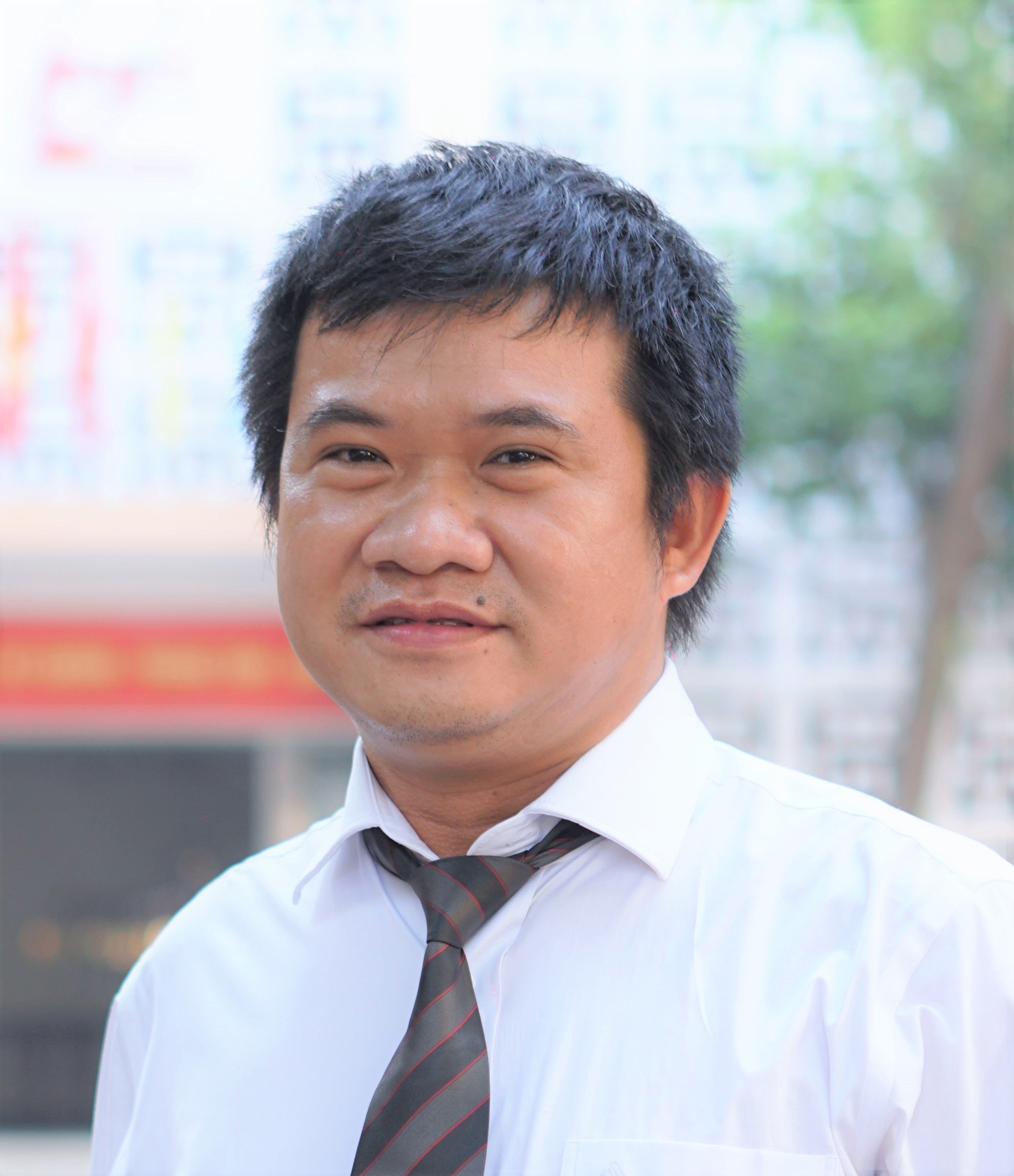
Foreword about Tran Trung Duy, Associate Professor of the Posts and Telecommunications Institute of Technology, Ho Chi Minh City campus (PTIT-HCM), Vietnam.
"The next-generation wireless communication networks, including 5G and beyond 5G (B5G), are ushering in a new era for application technology, where everything is smartly connected with high speed and ultra-low latency. These technologies are not just an upgrade in data transmission speed but also form the basis for the development of a range of new applications, creating new opportunities in all areas of life. With the ability to simultaneously connect a large number of devices, the 5G/B5G networks lay the foundation for the Internet of Things (IoT) system, providing strong support for sectors such as remote healthcare, multimedia communication, intelligent transportation, smart cities, and more. Moreover, wireless communication networks combined with Artificial Intelligence (AI) and Machine Learning (ML) promise to bring about intelligent systems capable of automation, efficient energy management, and optimization at a high level. This integration also enhances security measures, safeguarding data against increasingly sophisticated cyber threats. Therefore, the advancements brought by 5G/B5G will reshape our society in profound ways, making our future more connected, intelligent, and efficient than ever before. If you are interested, do not hesitate to contact me."
2023
Vol 21, No 4 (2023): December

Foreword about Winai Jaikla, Associate Professor of the Department of Engineering Education, School of Industrial Education and Technology, King Mongkut’s Institute of Technology Ladkrabang, Thailand.
Vol 21, No 3 (2023): September
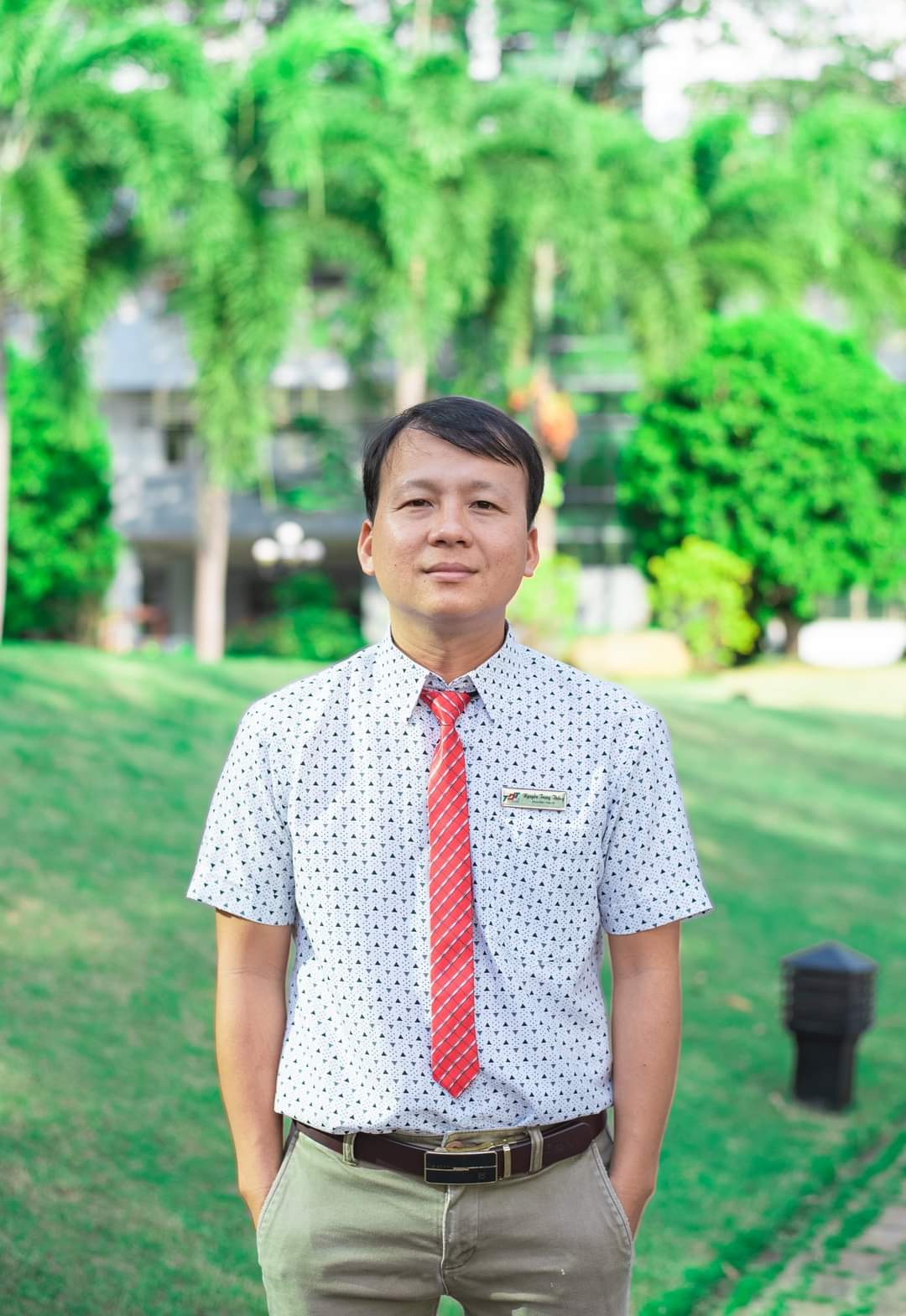
Foreword about Thang Trung Nguyen, Ph.D of the Department of Electrical Engineering, Faculty of Electrical and Electronics Engineering, Ton Duc Thang University, Vietnam:
" In the optimization field, this is one of the biggest concerns among different aspects of human life, including economics, engineering, etc., and power systems are no exception. For example, the optimal operation of thermal power plants will result in a variety of benefits, such as reducing the initial cost of acquiring different types of fossil fuels, mitigating the environmental damage caused by the burning process to produce electricity, and improving the maintenance cost due to the optimal allocation of electricity yield for generating units following their designed capacity. Next, optimizing the placement of wind and solar energy sources in both transmission and distribution power networks will also benefit both economic and engineering aspects. However, it could be more smart if these clean energy sources are used and integrated arbitrarily into power systems, regardless of the scale. Hence, all the research papers on using clean energy sources are appreciated and considered valuable references against the global warming phenomenon, which is profoundly concerning today. If you are interested, do not hesitate to contact me."Vol 21, No 2 (2023): June
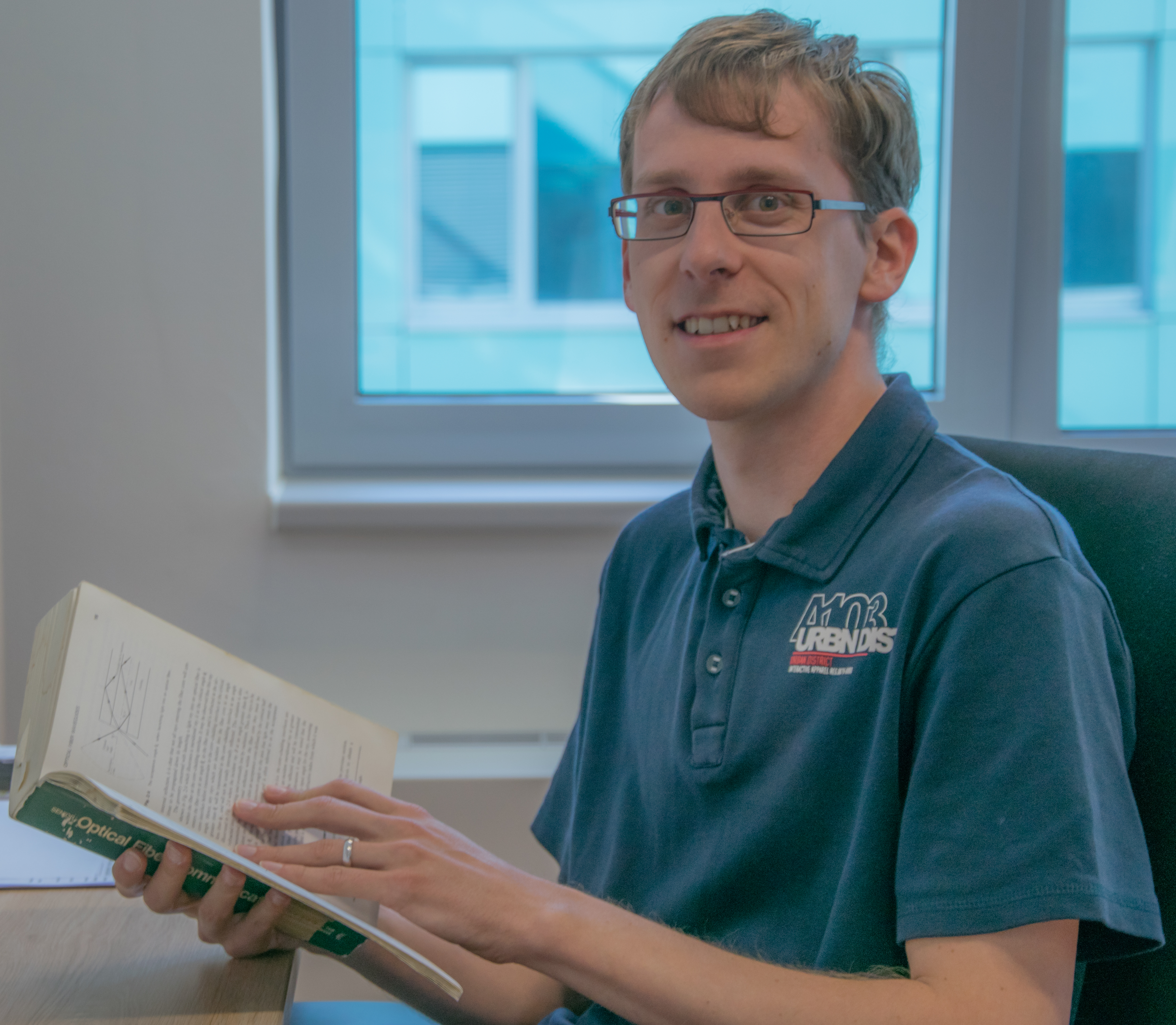
Foreword about Jan Latal, Lecturer and Professor’s assistant at the Department of Telecommunications, Faculty of Electrical Engineering and Computer Science, VSB–Technical University of Ostrava, Czech Republic and former Editor-in-Chief of Advances in Electrical and Electronic Engineering journal:
"At the end, I will allow myself to add a few Editor's thoughts… Academic research and development is nowadays impossible without sharing of information and presentation of results to other researchers or to the public. The long-term goal of Advances in Electrical and Electronic Engineering journal was and still is to become one of the most important scientific journals not only in the Central Europe area, but also became known to the researchers worldwide. Of course, this is not a simple task for any journal considering that in given area already were journals with similar focus.
Therefore, journal have to find its way, authors and readers, catch their interest by offering something new or different.
There is also a significant pressure from government through funding to publish in top quality journals with high reputation and evaluation, this situation makes it quite difficult for small or emerging journals to attract high quality publications. This also brings “grey zone” in form of fraudulent journals that are founded only for generating profits through article processing charge. The other form is so called “hijacked journals”, which are journals that usurp identity of scientific journal and on the first glance are identical with the real journal. The first person to point this out was Tim Hill in 2008, but sadly there have been more such a cases in the academic publishing in recent years. Publishing in a “predator journal” reduces the credibility of the author, but also the credibility of the institution and the scientific community in general. Some articles published in such a journal shows signs of low scientific quality, have negligible or no scientific knowledge contribution at all. The aim of the authors who publish in predatory journals is usually to artificially increase publication activity, Hirsh’s index and to get more publicity for their work. The phenomenon of predatory journals and publishers was made famous the most by American librarian Jeffrey Beall who announced the names of fraudulent subjects on his website. The boundary between a predatory journal and low-quality journal is not unequivocal, but final effect for the author is almost the same. It is only at the authors discretion where to publish their work, to which community to provide their results. Therefore, it is necessary to check the publishing practices and the reputation of a particular publisher before submitting their article."
Vol 21, No 1 (2023): March
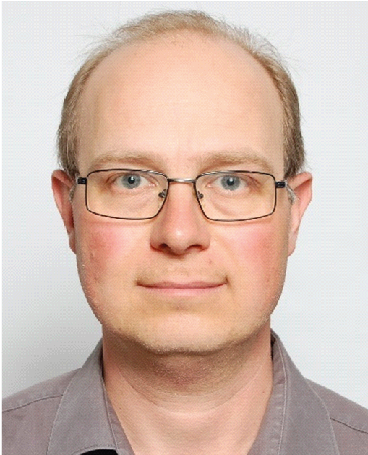
Foreword about Martin Kyselak, Associate Professor of the Department of Electrical Engineering, Faculty of Military Technology, University of Defence in Brno, Czech Republic:
" Fiber optic sensors have been of interest to fiber technology scientists for many years. Due to their non-electrical nature, these sensors are suitable for many applications, including military usage. They can be found in dangerous Explosion-Proof environments and in biomedical applications. They are non-electric, safe, and even cheap. The principle of fiber optic polarization sensors is based on the physical properties of polarization maintaining fibers that maintain the orthogonality of two optical waves spreading at different speeds. Polarizing sensors are extremely fast and sensitive, and therefore popular. Their uses are also expanding to the armies of the NATO (North Atlantic Treaty Organisation) Alliance. For all applications, a relatively long supply line is always required, and it forms the main advantage of all fiber optic sensors. It is this long supply line that is the subject of research at our department. If you are interested, do not hesitate to contact us."2022
Vol 20, No 4 (2022): December
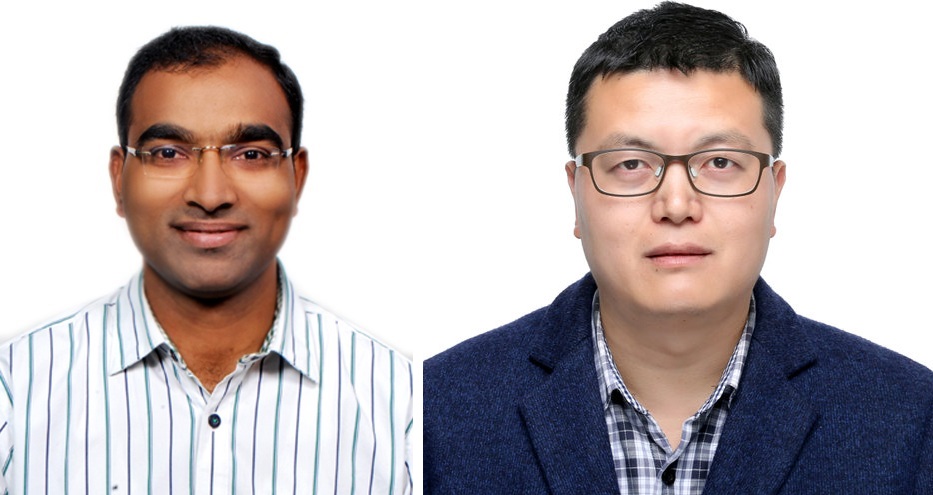
Foreword about Associate Professor Surender Reddy Salkuti from the Department of Railroad and Electrical Engineering, Woosong University, Daejeon, Republic of Korea and Professor Cheng Li from the Department of Vehicle Engineering, Soochow University, Suzhou, China:
"
Dear readers and authors,
this special theme issue focused on the recent developments in the Electrical Engineering-related topics, mainly on the Smart Grid. The purpose of publishing this issue is to present a collection of original papers that gives an overview of the current progress in research, development, and applications in the field of Smart Grid.
"
Vol 20, No 3 (2022): September
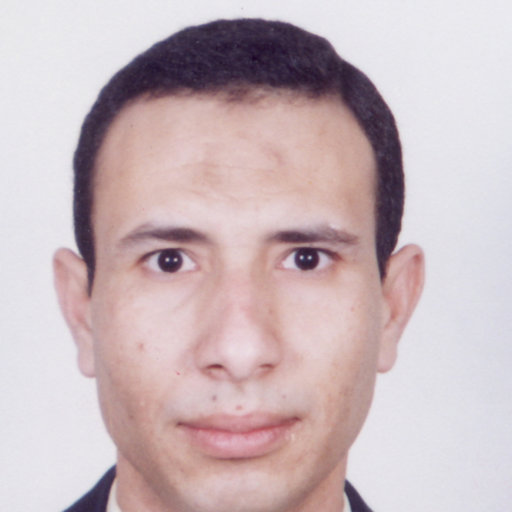
Foreword about Farag Kamel Abo-Elyousr Mostafa, Associate Professor at the Electrical Engineering Department, Faculty of Engineering, Assiut University, Egypt
"Dear readers,
Currently, I'm concentrating on small-scale energy collection, clean energy conversion, and the use of solar, wind, sea water waves and other renewable energies. Clean water and its scarcity are issues for global sustainable development. My motivation for concentrating on renewable energy comes from both the increasing random nature of energy consumption on the one hand and environmental concerns on the other. Additionally, I am interested in several small-scale energy management technologies that take use of clean and renewable energy sources. Electric vehicles and their stochastic aspect and the decision making either to charge or discharge in accordance with the demand response are among the topics of my interest. The ability to generate the required power remotely for operating devices such as water pumping irrigation systems at various operational situations, climatic conditions, and positions is a crucial feature of the new technological world, and it heavily depends on the quality and availability of an electrical energy generation system integrated into various small-scale smart meters.
Based on the levelized cost of energy, green hydrogen and electric vehicle batteries are two of the most potential candidates for this job since they work well in a variety of environments and even on flexible materials. In addition to the potential for producing electrical energy, such energy consumers and/or generators can be utilized as a tool to encourage individuals to actively contribute to governmental development rather than burden it. Electric vehicles and photovoltaics are excellent candidates for integration into small-scale energy systems, which calls for microgrids' distributed energy resources to be scheduled as efficiently as possible. In the future, I might focus on enhancing power system security as well as integrating stochastic loads such as electric vehicles into the power systems.
"
Vol 20, No 2 (2022): June
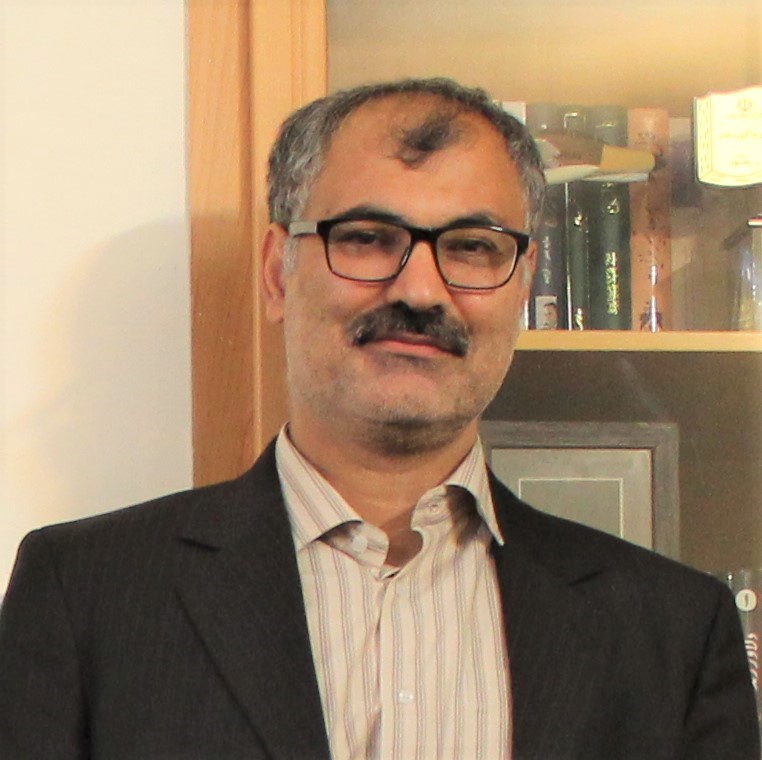
Foreword about Amin Behzadmehr, Full Professor and director of Nanotechnology research center at the University of Sistan and Baluchestan, I.R.Iran
" Dear ReadersCurrently I am focusing on clean energy conversion, solar energy, wind energy, ocean wave energy, and energy harvesting in small scale. Growing demand of energy from one side and environmental issues from the other side has been my motivation to focus on renewable energy. Clean and fresh water is another concern for global sustainable development. I am also working on different small-scale desalination technology considering renewable and clean energies. Nanotechnology help me to find a way for improving the performance of these systems. In the MEMS and NEMS research laboratory of University of Sistan and Baluchestan, I am working with my colleague Dr. T. Fanaei (MEMS and NEMS specialist) on different small-scale energy harvesting systems; among them is Triboelectric nanogenerators.
The new technological era strongly relies on the quality and availability of an electrical energy generation system integrated into different small-scale devices to generate remotely the necessary power for functioning devices at different operational situations, climate conditions, and positions. Triboelectric nanogenerators are among the promising candidate for such a task as they can well operator at different conditions even on the flexible materials.
In addition the possibility of generating the electrical energy, the triboelectric nanogenerators can be used as a sensor for detecting different mechanical motions at different scales. Before I conclude, I would like to take this opportunity to thank the AEEE team for the work they do and to wish them my best."
Vol 20, No 1 (2022): March
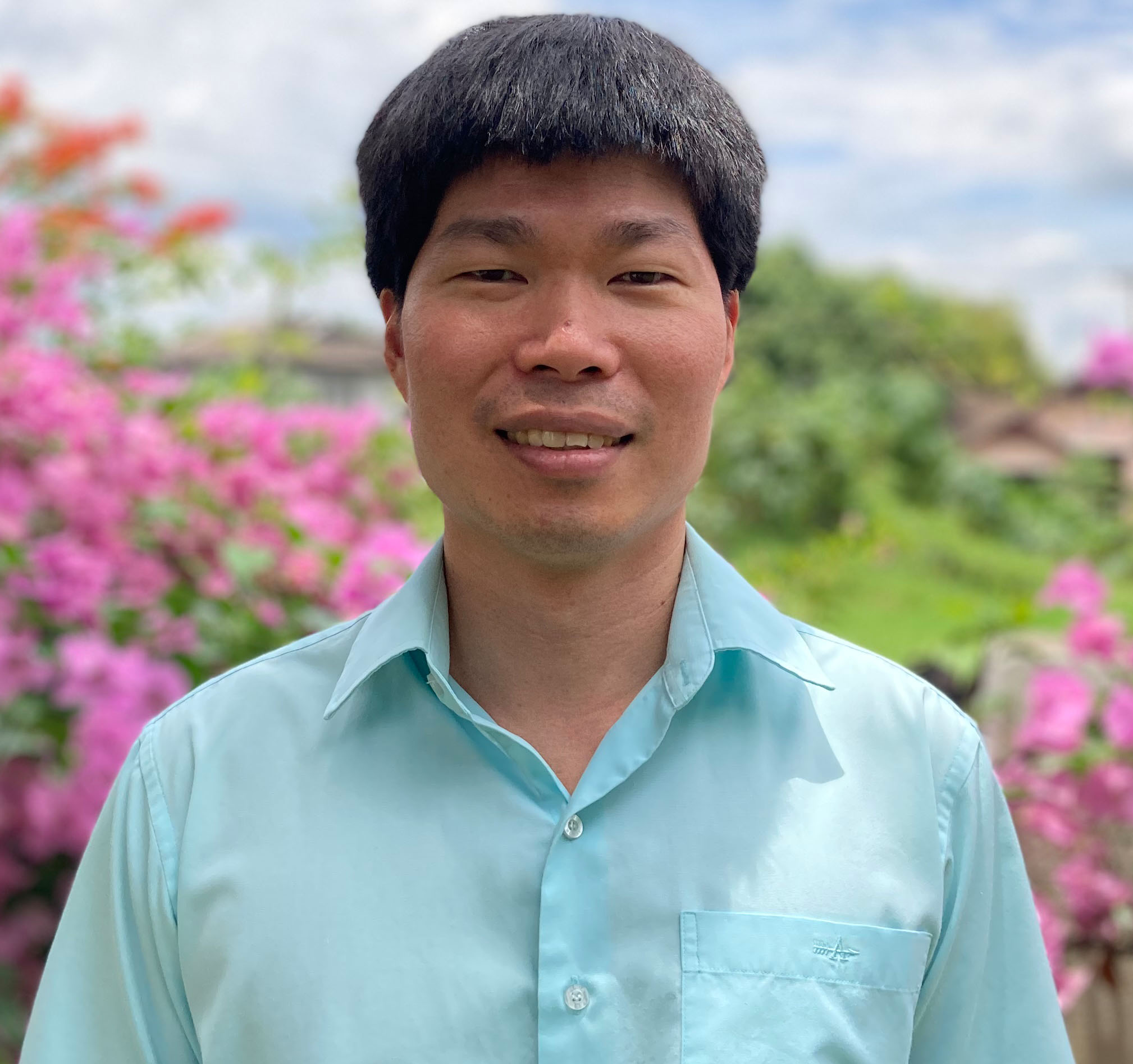
Foreword about Kampol Woradit, Assistant Professor of the Department of Computer Engineering, Faculty of Engineering, Chiang Mai University:
" Dear readers,Wireless communications have been developed at a fast pace by the research and industrial communities. Wireless communications in industries currently evolves from 4G to 5G, having several emerging technologies: i) large bandwidth, ii) flexible numerologies, iii) massive Multiple-Input Multiple-Output (MIMO), and iv) narrow-beam scanning to achieve ultra-reliable and low latency communications.
With the flexible numerologies, the Orthogonal-Frequency Division-Multiplexing (OFDM), used in 4G, can be divided into sub-frames, each of which has different parameters: subcarrier spacing, symbol time, Cyclic-Prefix (CP) size. The massive MIMO, evolved from conventional MIMO that employs a few antennas, employs at least eight antennas to obtain beamforming with very narrow beamwidth, which does not cause a multipath fading that incurs a time-varying received signal strength. The flexible numerologies and the massive MIMO, which are the technological advancements in industries, influence the research community by changing the research assumptions, system models, and problem formulations.
In research community, Non-Orthogonal Multiple Access (NOMA) is an emerging wireless communication technology have not been included in the industrial 5G networks, but they are being studied for standardization in the future. NOMA allows more than one user to transmit signals at the same time and frequency. With appropriate power allocation among users, the receiver can do the Serial Interference Cancellation (SIC) to decode the information from all users. The total transmission rate of both users can be greater than that of the orthogonal multiple access...."
2021
Vol 19, No 4 (2021): December
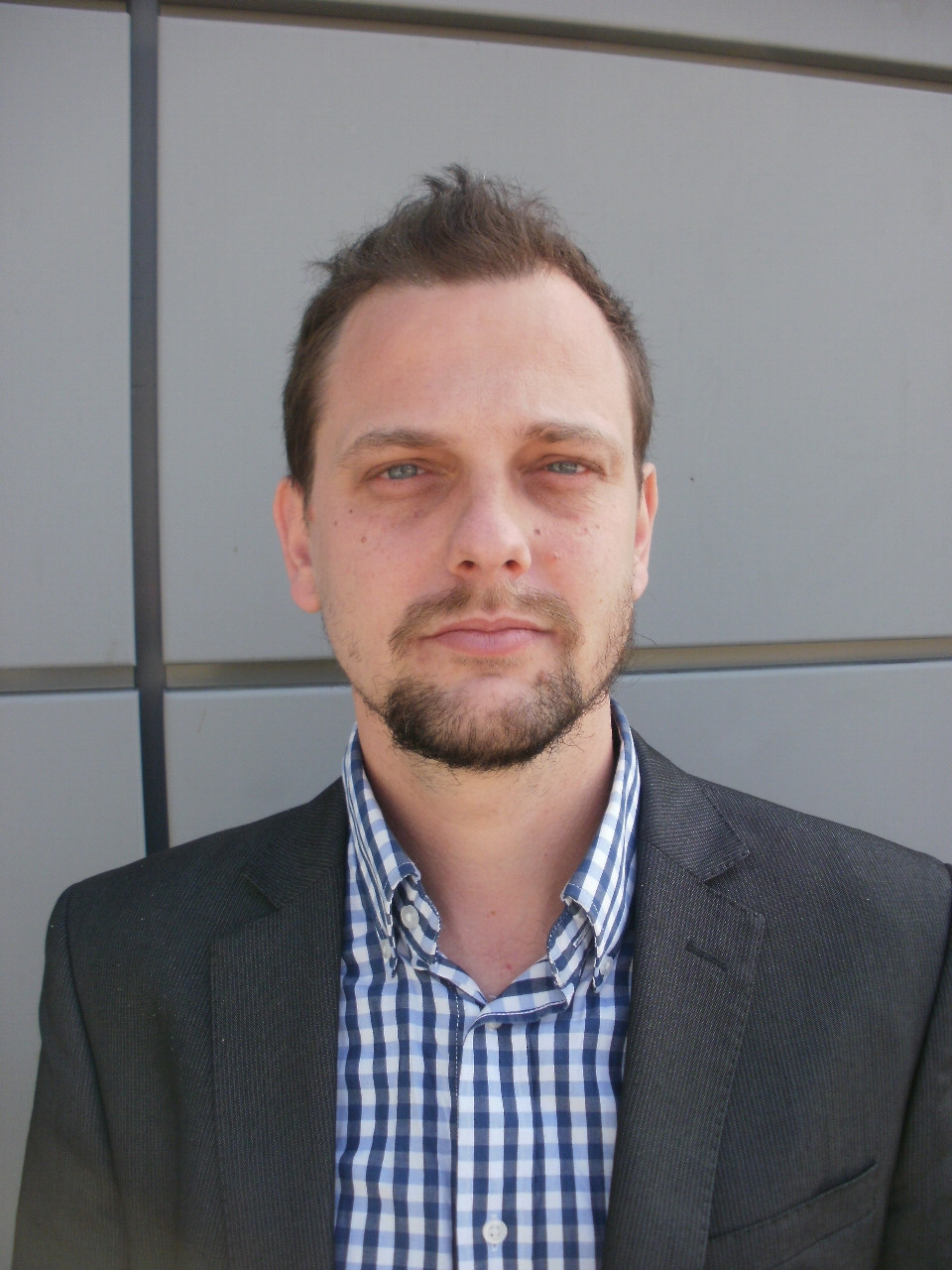
Foreword about Professor Peter Pocta, the Professor at Department of Multimedia and Information, part Communication Technology, Faculty of Electrical Engineering and Information Technology, University of Zilina, Slovakia:
" ...
When it comes to a future of speech, audio and video quality assessment, I see three directions, which this area can evolve in the upcoming years, namely a multimodal quality perception (so how different modalities, e.g. audio and video, interact with each other in order to form a final quality assessment), quality assessment of immersive applications (as they become more and more popular and there is high demand to improve them in terms of quality experienced by the end user as well as optimization of traffic load generated by immersive applications) and no reference quality estimation models (as service providers and network operators require them to monitor and manage their delivery chains as much as possible in the context of QoE management in order to provide the end user with the highest quality possible for the corresponding network conditions). It is worth noting here that software defined networking should help a lot in the QoE management context. Moreover, as the current COVID19 pandemic is hugely influencing our face-to-face social interactions and therefore tele-conference systems became a very important part of our daily life, when it comes to an education, work as well as leisure time, I strongly believe that there will be a high interest in improving their performance and usability in the upcoming years. So, I expect that research funding agencies as well as commercial companies will be willing to fund this research in order to have the improved systems ready for similar situations in future.
"
Vol 19, No 3 (2021): September
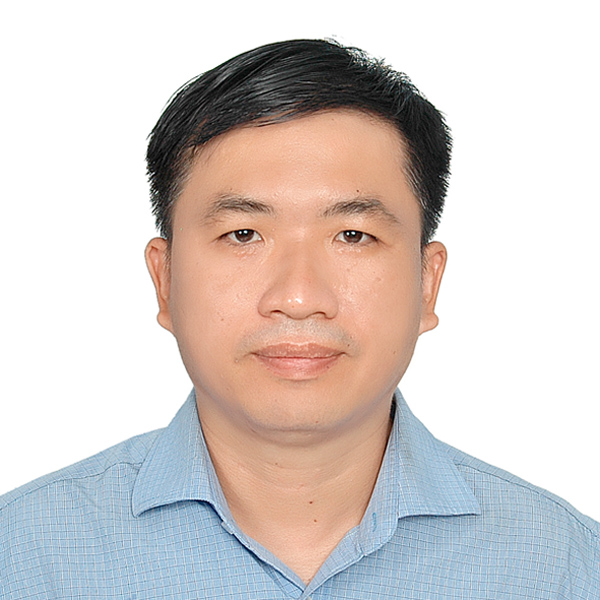
Foreword about Assistant Professor Dinh-Thuan Do, Assistant Professor, Department of Computer Science and Information Engineering, College of Information and Electrical Engineering, Asia University, Taichung city, Taiwan:
"Dear readers,It is a great chance for me to share my thoughts about the Advances in Electrical and Electronic Engineering journal which is currently attracting lots of good publications introducing wide ranges of useful topics. My colleagues and I want to contribute to sustainable development of the journal and to further increase visibility of our research results which only enrich significantly once it can be shared to larger community of researcher/scholar/students. Based on my experiences, emerging topics could be targets of most of faculty and students. Therefore, our journal will retain high quality of publications which depend on the strict review process and rigorous comments from teams of Editors as well as Reviewers.
Since I experienced several years in telecommunication industry, I have realized that more applications at next generations of wireless communication may be addressed by exploring promising technology in wireless communication. Such wonderful expectation in developing high-tech communication engineering motivated me to be a founder of a research group hosted at Ton Duc Thang University, Industrial University of Ho Chi Minh City (Vietnam), Asia University (Taiwan). My students and I have developed lots of system models along with system performance metrics in prominent techniques such as multi-antenna communication, Unmanned Aerial Vehicles (UAVs), Non-Orthogonal Multiple Access (NOMA), cognitive radio communications, Physical Layer Security (PLS), massive antennas system, and Simultaneous Wireless Information and Power Transfer (SWIPT). Furthermore, I continue to pursue challenging topics of federated learning approaches applied to cellular systems with colleagues at The University of Texas at Austin (USA). In these topics, I just want to mention necessary discussions on Reconfigurable Intelligent Surface (RIS)-aided communication which is recognized as an exciting research topic in academic and industrial communities recently. RIS certainly provides more benefits for current systems with lower cost and higher energy efficiency. As main advance, the deployment of RIS in multi-user wireless networks promises to designs of small size, lightweight devices in Internet-of-Things (IoT) systems and to actively shape the variations of wireless propagation environment for vehicle-to-everything (V2X) systems. We hope to attract more papers submitting to the Advances in
Electrical and Electronic Engineering journal, for example challenges in RIS-aided systems need be considered, such as phase optimization, perfect beam selection, improved outage performance as well as network secrecy performance."
Vol 19, No 2 (2021): June
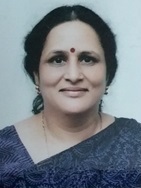
Foreword about Professor Neeta Pandey as a member of Editorial Board of "Advances in Electrical and Electronic Engineering" journal and the Professor at the Department of Electronics and Communication Engineering, Delhi Technological University, India:
" Dear Readers,It gives me immense pleasure to share a short message. Advances in Electrical and Electronic Engineering (AEEE) is a high-impact quarterly journal, engaging in publishing articles in Electrical and Electronic Engineering and related domains. AEEE is indexed in major databases such as WOS (Web of Science), SCOPUS and SJR (SCImago Journal Rank). I’m pleased to note that AEEE has a citescore of 2.3 with 332/670 rank in the category of Electrical and Electronic Engineering in the 2019 Scopus database. AEEE maintains a high quality of articles, through a rigorous review process by a highly qualified editorial team. I’ve been reading articles published in AEEE since 2004, and have been reviewing articles for publication since 2013.
My research group at DTU finds AEEE to be a prestigious publication, and has been contributing to this journal since 2015, most significantly in the design of cutting-edge analog circuits using active building blocks in literature. Over the past few years, research on analog circuits using ABBs has been gaining traction, as it allows designers to achieve high-performance while using minimum external active and passive elements. Most recently, we have published a paper on modern low-power logic families, such as Footer Voltage Controlled Dual Keeper domino logic, and Footer Voltage Controlled Dual Keeper with Static Switching domino logic, which find application in emerging digital technologies where scaling alone cannot reduce power. We plan to publish more articles on advanced modern logic families in the future."
Vol 19, No 1 (2021): March
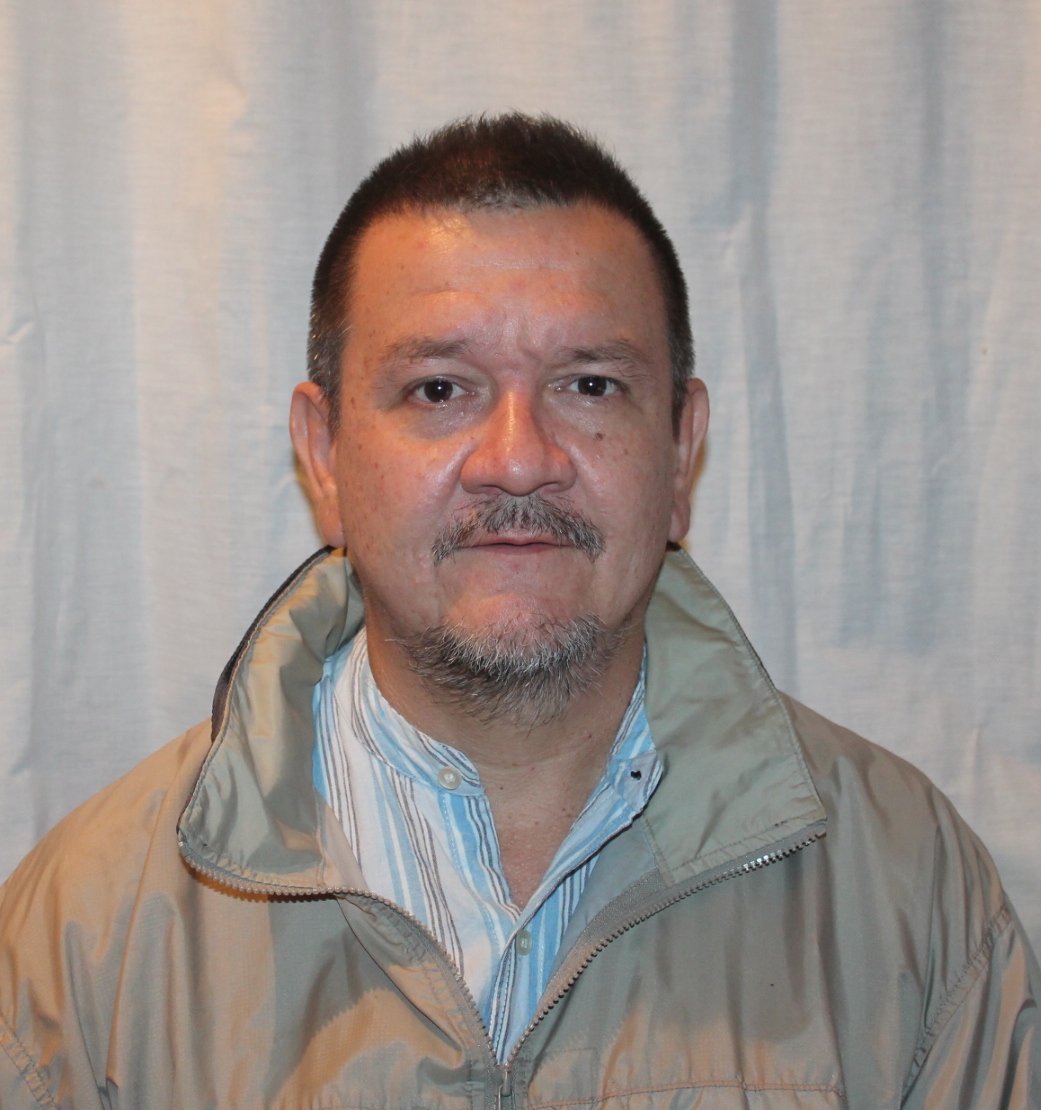
Foreword about Associate Professor Luciano Belandria, Associate Professor at the Department of Electronic Engineering, National Experimental University of Tachira (UNET), Venezuela:
" Today, electrical machines are increasingly used, both as generators and motors in electrical industrial drives, due to their simplicity, robustness, low maintenance, higher Torque / Ampere ratio, etc. One of the limited areas until a few years ago was the application of alternating current electrical machines in drives that require speed variation, mainly due to the impossibility of obtaining sources of alternating current of variable frequencies. Today, this problem has been overcome with the application of mathematical models and power electronics, generating possibilities of obtaining three-phase sources of voltage and variable frequencies. These sources solved the frequency variation problem, but the control systems are still very complex and present some problems that power electronics bring with them: harmonics, low power factor, loss of torque, etc. These problems with the passage of time have been improved, recently they have presented and will continue to present great advances, thanks to all the researchers who fight and study this fascinating area of Electrical Engineering.Distributed Power Generation Systems (DPGSs) based on renewable energy sources are experiencing great development worldwide. In recent years, in many countries, issues such as the conservation of natural resources, protection of the environment and sustainability, have reached great importance. An area with great environmental problems is the generation of energy and there are many efforts that must be promoted in order to articulate a more hopeful future, in this sense, one of the most significant achievements is the development of new attitudes regarding rational use of energy and policies that promote the use of renewable energies to the maximum, also called green or clean energies, such as wind, solar, hydroelectric and biomass, which reduce the emissions of gases that cause global warming.
Due to the increasing number of DPGSs connected to the utility grid, new and more stringent standards have to be investigated in regards to power quality, safe operation and protection. As a consequence, the control of DPGSs must also be improved to meet network interconnection requirements. Increasing day-to-day demand for energy can create problems for energy distributors, such as grid instability and even outages. The need to produce more energy combined with the interest in clean technologies produces an increase in the development of energy distribution systems using renewable energies. Distributed Generation (DG) emerges as an important alternative for the provision of electric power service, since it can increase the reliability and security of the supply in the short, medium and long term."
2020
Vol 18, No 4 (2020): December
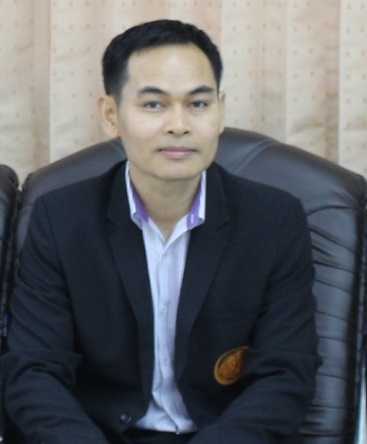
Foreword about associate professor Winai Jaikla, associate professor at Department of Engineering Education, Faculty of Industrial Education and Technology, King Mongkut’s Institute of Technology Ladkrabang, Thailand:
" Dear readers,
It is a great honor for me to address you by a few words. The Advances in Electronic and Electric Engineering (AEEE) is a high-quality journal that publishes the research in areas of Electrical and Electronic Engineering with a strong policy, editorial team and review process. AEEE is indexed in major databases such as WOS (Web of Science), SCOPUS and SJR (SCImago Journal Rank) etc. In the 2019 scopus database, AEEE has a citescore of 2.3 with 332/670 rank in category of Electrical and Electronic Engineering of (50th Percentile). In the 2019 SJR Database, AEEE has a SJR of 0.21 (Quartiles 3). Soon , AEEE possibly has impact factor and journal quartile values in the WOS database.
I have been following AEEE for many years as a reader, author and reviewer and had the opportunity to publish my first paper in 2013 and soon I am going to publish another research paper in area of analog circuit design.
The design of analog circuits using active building block has been gained significant attention. It gives the flexibility for designer to realize high performance circuits using minimum number of active and passive element. Especially, the circuits based on the electronically controllable active building block can be controlled by microcontroller or microprocessor which is required for modern circuits. Recently, the design of analog circuits using the electronically controllable active building block with supply voltage lower than 0.6V for biomedical implantable or wearable electronic devices is interesting research topic for me. These techniques include Bulk-driven MOS (Metal Oxide Semiconductor) transistor, multiple-input bulk driven MOS transistor, multiple-input gate-driven MOS transistor etc.
"
Vol 18, No 3 (2020): September
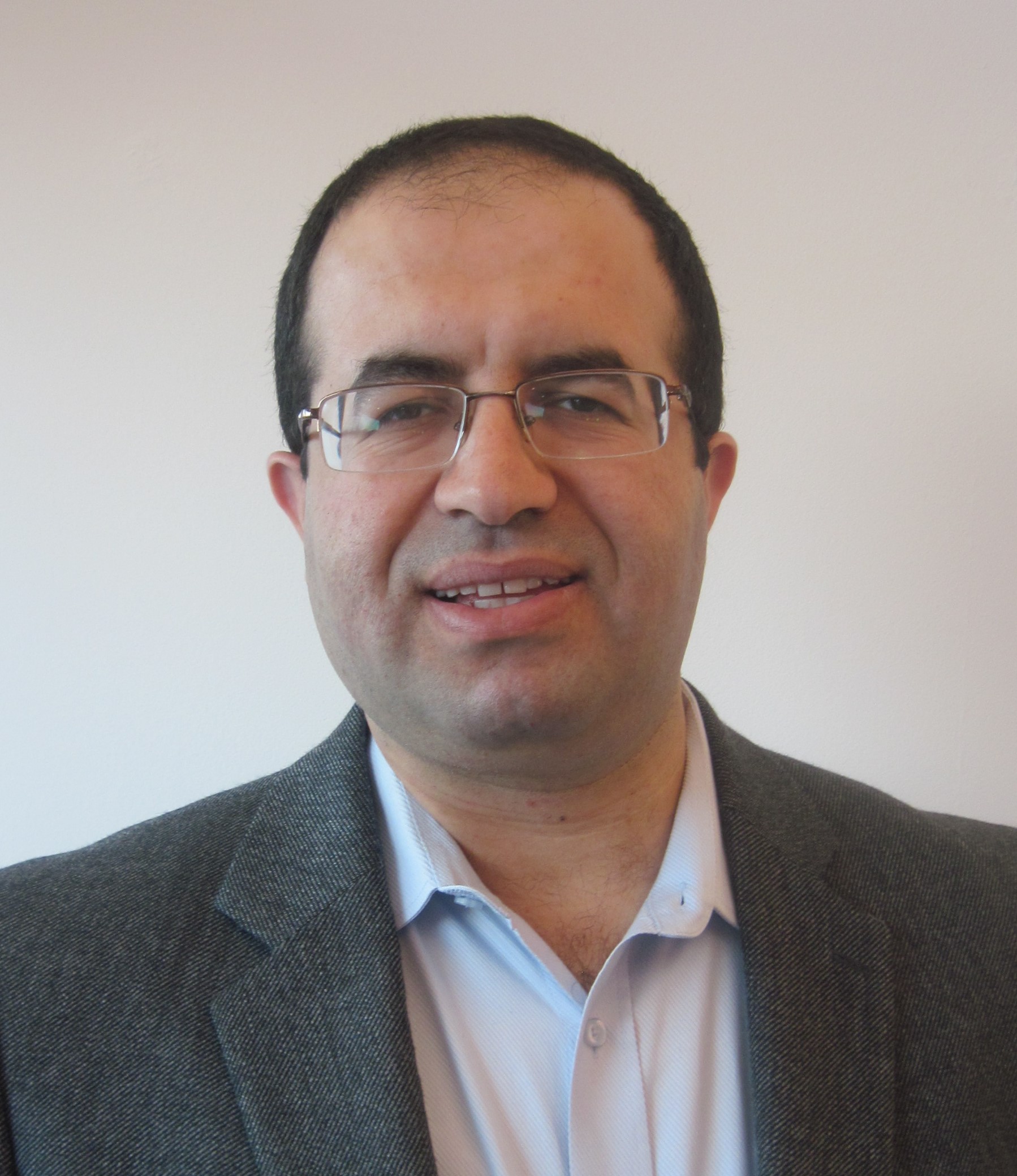
Foreword about associate professor Zouhair Al-qudah, associate professor at Communication Engineeing Department, Al-Hussein Bin Talal University, Ma’an, Jordan:
"Dear Authors and Readers.
It is my pleasure to write this foreword for the benefit of the Journal, Readers, and Authors. Nowadays, in era of Coronavirus Pandemic, the importance of outstanding research in all areas of science and technology becomes urgent and crucial. Apparently, any equipment that is used to save and facilitate human’s life does not come by chance. On the contrary, these useful instruments come after a long journey of research and development starting from the theoretical studies up to the deployment and ending up with the final product.
For instance, in almost all Engineering fields, coming up with the final product comes after three main steps. These steps are mainly theoretical studies, computer modelling, finally implementation, and experimental verification. Theoretical studies concerns with the importance of this product, is this product already available to the consumers, the cost of this product, and how this product will improve the human’s life. In the second step, product modelling and performance measuring, with the help computer tools is made. Finally, the item is produced and experimentally evaluated to practically measure its quality and performance.
..."
Vol 18, No 2 (2020): June
Foreword about associate professor Mohammed Redha Qader, Dean of Scientific Research at the University of Bahrain and associate professor of Electrical Engineering at the University of Bahrain:
"Dear readers of Advances in Electrical and Electronic Engineering, I feel honored to present this introductory section to the journal’s edition of June 2020. I know that we are experiencing difficult times with the spread of COVID19, a time that cannot be described but as extremely demanding and challenging. Submitting research papers becomes significantly challenging with the distracting news and the physical and mental pressure we experience with the major lockdowns in most countries. Therefore, I first express my sincerest gratitude and appreciation to all of you for submitting your invaluable posts to this journal. I would like to join my hands to give a loud applause for your excellent work and diligence in scientific research.
I would like to remind you, editors, and participants, that it is the researchers who add value to the research journals.
I have tried to spread the awareness of scientific research and its significance in universal and human development. I have also worked hard to integrate research into the university’s curriculum as early as the first year of undergraduate education. Research and publishing are the factors that give the scholar and the university alike a prestigious ranking, and more importantly, self-satisfaction. Research is also crucial when developing countries are striving to develop emerging economies and systems. Therefore, I seize this opportunity to remind you of the significant value of all your research. Remember that many great inventions began with silly ideas....."
Vol 18, No 1 (2020): March

Foreword about associate professor Arturs Aboltins, IEEE Fellow and associate professor at Institute of Radioelectronics, Faculty of Electronics and Telecommunications (FET), Riga Technical University (RTU):
"Dear readers,it is great honour and pleasure to have the possibility to address you few words about my vision in field of electronic engineering. First of all, I would like to thank editorial board of the journal for such possibility. We are lucky to live in age of rapid development of our field, and we have many opportunities to use our knowledge to improve world around us and to be fulfil our ambitions. According to opinions of many modern scientists, we are living in a decade when we teach machines. Thanks to miniaturisation of computers and deployments of sensor networks, we are able to grab and analyse large amounts of data, therefore, providing foundation for creation of fully automated systems which are aimed to improve our lives. I believe we are in eve of next step of our evolution with autonomous transport and smart cities, when, as my colleague once said: “one person in the garage will be able to build a spaceship”.
As a main and very short advice, I would like to encourage scientists to look at the opportunities provided by the newest advances in machine learning and big data. For example, in field of signal processing for communications, new very interesting methods of signal processing and waveform generation, based on artificial neural networks, has started to emerge. In global context, I believe that new knowledge, generated by the machines will help humanity to overcome challenges related to safety, health and preserving of our planet. In conclusion, I would like to wish readers of this journal new interesting scientific findings and ability to use their knowledge to fulfil their passion."
2019
Vol 17, No 4 (2019): December
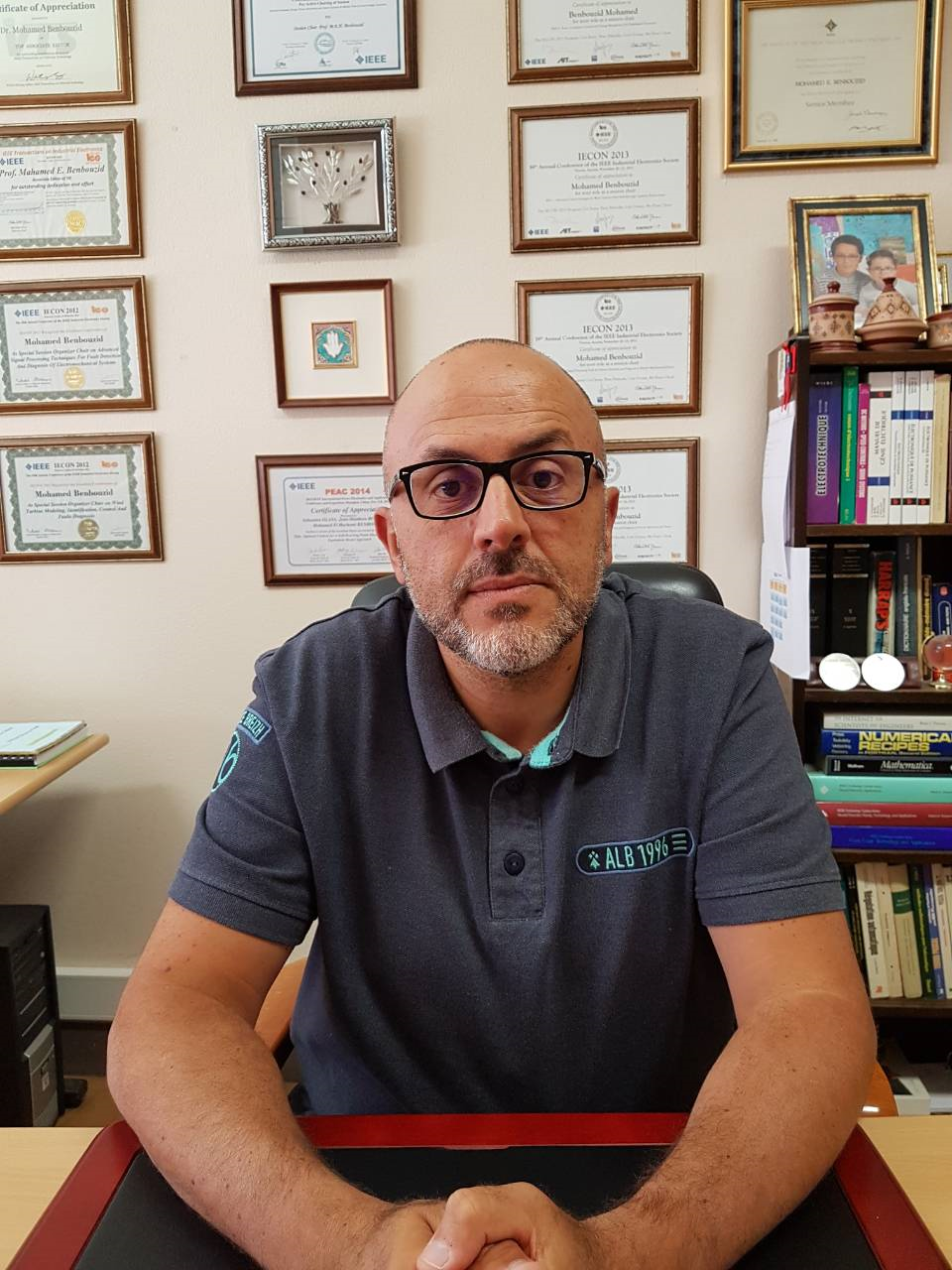
Foreword about Professor Mohamed Benbouzid, IEEE Fellow, IET Fellow, and Professor at Department of Electrical Engineering of the University Institute of Technology, University of Brest:
"
Dear readers and editor,
It is a great honor and a privilege for me to address you by a few words. From my point of view, today’s electric machines and drives efficient use in both motor and generation applications requires handling the fault diagnosis and fault-resilience control (fault tolerance) issues. Indeed, these ones will typically decrease operation and maintenance costs. Regarding renewable energies harvesting, they will contribute to increase power generation systems availability and reliability, while decreasing their operation and maintenance costs. This will facilitate and allow a better industrial deployment of new types of renewable energies harvesting systems such as marine energies converter systems (i.e. tidal turbines and wave energy converters); therefore, participating in increasing renewable sources grid penetration rate. These research topics are also extended for power and microgrids to increase their resiliency. Scientific journals among which Advances in Electrical and Electronic Engineering can help you applying now and in the future in this field of research. I would like to wish you to publish useful and helpful papers that will therefore be well cited.
"
Vol 17, No 3 (2019): September
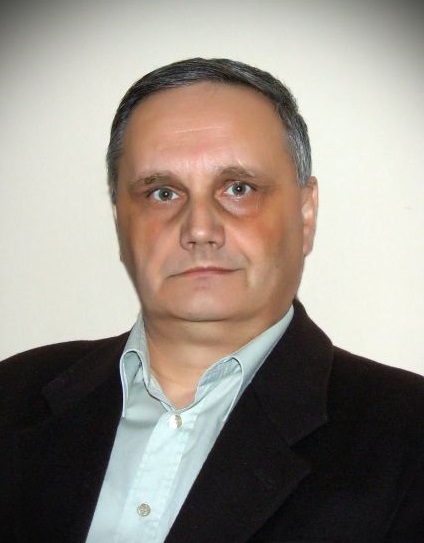
Foreword about Professor Radu Arsinte as a member of Editorial Board of "Advances in Electrical and Electronic Engineering" journal and the Professor at the Communications Department, Technical University of Cluj-Napoca:
"
Dear readers,
Introduction
In modern science, scientific journals are an ideal environment to exchange ideas and to cooperate. They mainly publish two types of articles. Part of these articles promote new algorithms and methods in areas considered to have already established solutions. The second type of articles present solutions and technologies that allow a qualitative and quantitative leap in solving problems by improving the technical devices and the experimental method used. At this moment, one question is raised concerning technical publications: are the papers with strong algorithmic support, considered to be more “scientific”, equally important for the progress of the domain as the papers describing new experimental techniques?..."
Vol 17, No 2 (2019): June
Foreword about Professor Karol Rastocny as a member of Editorial Board of "Advances in Electrical and Electronic Engineering" journal and the Professor at the Department of Control and Information Systems, Faculty of Electrical Engineering and Information Technology, University of Zilina:
"Dear readers,
I am honoured to have this opportunity to address you with this introductory text. We live a hectic world. Many of us still remember times when we were satisfied that the control system was working. At present, we consider the requirement for a high reliability of the control system and, in many cases, the requirement for its safety, to be completely self-evident and legitimate. This shift in evaluating the quality features of control systems is a natural consequence of new knowledge and constantly evolving technologies. Since safety has to be paid for, and it is an investment that does not have to have primarily an economic benefit, the level of safety needs to be adequate. The answer to the question of what is to be adequate safety is quite problematic, and if it is about protecting human health, this problem is growing into an ethical area. While the existing standards and regulations give an answer to this question, they also create a significant space for ambiguous interpretation of their content. However, it can be stated that this is not a technical problem."
Vol 17, No 1 (2019): March
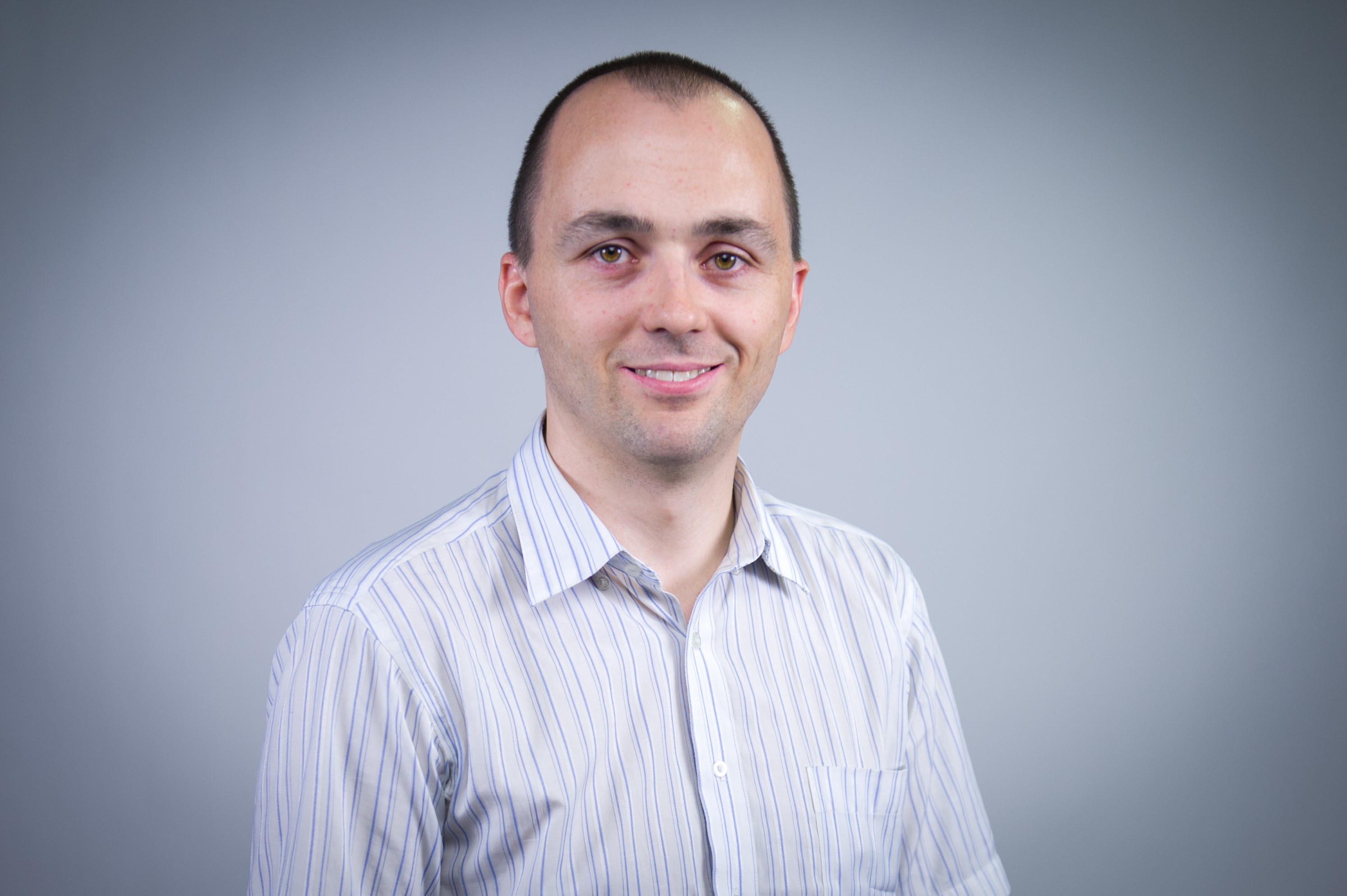
Foreword about Philippe Fournier-Viger, Professor of Computer Science, School of Humanities and Social Sciences, Harbin Institute of Technology (Shenzhen), University Town of Shenzhen, Shenzhen:
"In the last two decades, we have seen major transformations in how computers are used in our lives. Computers have become smaller, more powerful and cheaper, opening the door to many innovative applications such as distributed sensor networks, vehicular networks and the Internet of Things. Moreover, storage technology has become cheaper so that it is now possible to collect and store huge amount of data at a low cost. The advances in computer network technology have also revolutionized communication. It is now possible to transfer large amount of data quickly to very far locations. As a result, governments, companies and other organization are now accumulating large amounts of data that can be analyzed to extract useful information.
Data mining is a subfield of computer science that focuses on the design of algorithms to extract useful information or models from data. It can be applied to analyze all kinds of data, and I believe that many opportunities lie in its applications in engineering. For example, data from complex systems can be collected and analyzed to understand how they work, when failures occur, and how they are used to improve the systems’ design, maintenance and troubleshooting."
2018
Vol 16, No 4 (2018): December
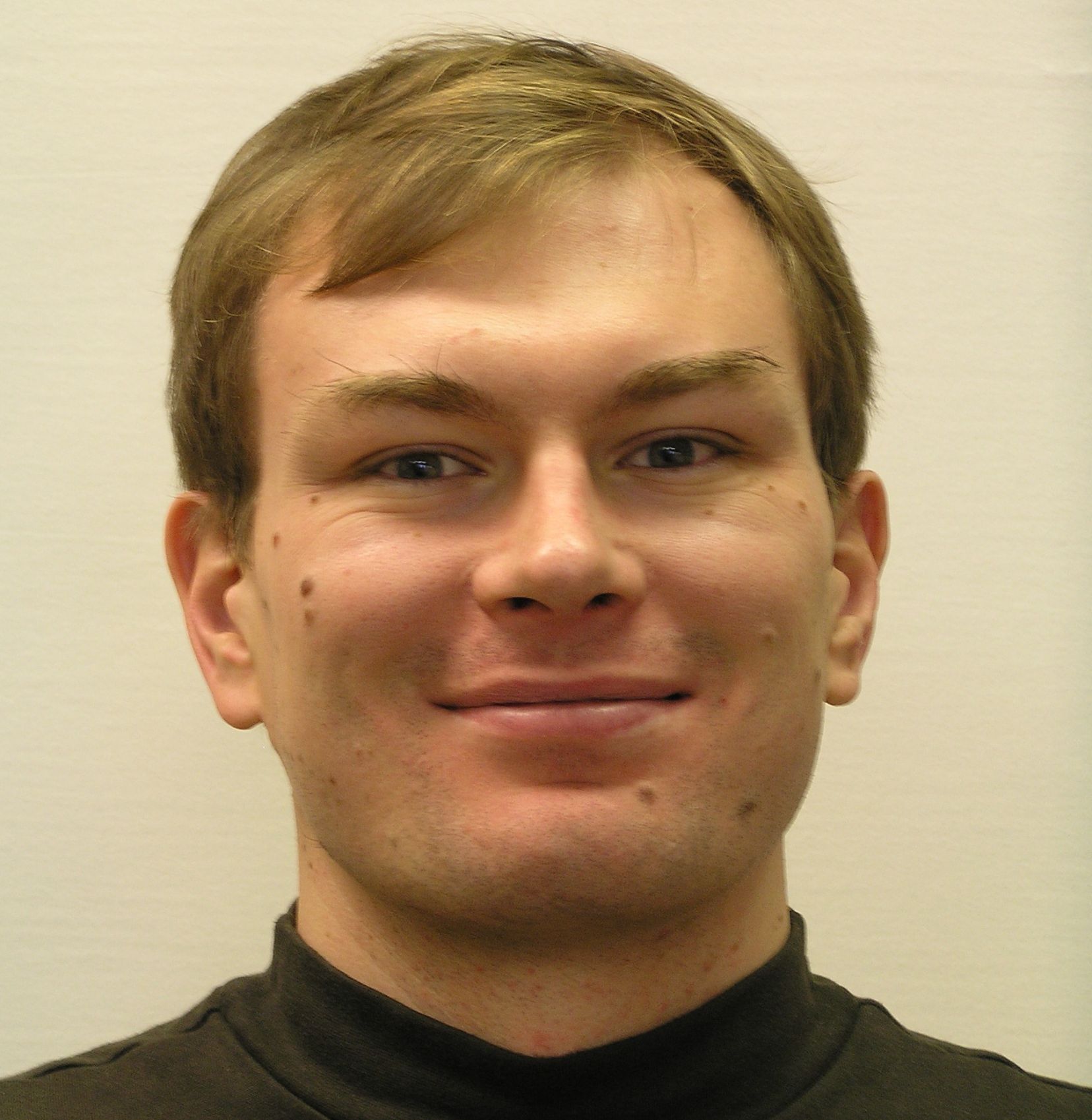
Foreword about professor Marek Penhaker as a member of Editorial Board of "Advances in Electrical and Electronic Engineering" journal and the head of Biomedical Engineering group at VSB–Technical University of Ostrava at Department of Cybernetics and Biomedical Engineering:
"From the viewpoint of the statistics of this magazine, almost 99.7 % of articles have been recorded in the issues published so far, which have achieved the expected positive result in scientific work. Globally, this number is fully comparable with the world's scientific databases and is somewhat striking. The reason for such a high number of positive results may be, on the one hand, the high success of scientific research, but the reluctance and fear of publishing identified failures at work is more likely due to reasons other than expected or even quite different from the assumption. And this should be a topic to think not only for authors but also publishers of professional communications, whether these research paths found and proven to be unsuccessful cannot be as good a guideline for other colleagues as with a positive result. Not to be the experience of our famous predecessors like Edison, Tesla, Marconi, and others who, thanks to failures, have revealed literally the breakthroughs of our civilization, we should not have today the most modern means of communication.
The desire for recognition of the unrecognized as well as the detective stories of science are the everyday bread of scientists around the world, and often routine systematic work, as well as excellent ideas, push our society forward. It is precisely the contribution of new knowledge to society and the possibility of solving current but also potentially future problems through new scientific knowledge to motivate us all. Current trends in development are, of course, medicines for various diseases, delaying aging, promoting education and facilitating and refining mechanical work, acquiring an ecological energy source and much more. Yet, as a global goal, we should aim to improve the quality of human life as a whole. Where every person is unique and has his or her life and social needs, which are currently at the highest level for the entire existence of mankind. Our professional and human efforts should not only encourage physical well-being, but also psychological balance and well-being in the use of new technologies and resources not only in everyday life. I wish all of us to continue with this effort and have had a vision of the benefits of our work for the whole society not only in the coming year of 2019.
Vol 16, No 3 (2018): September
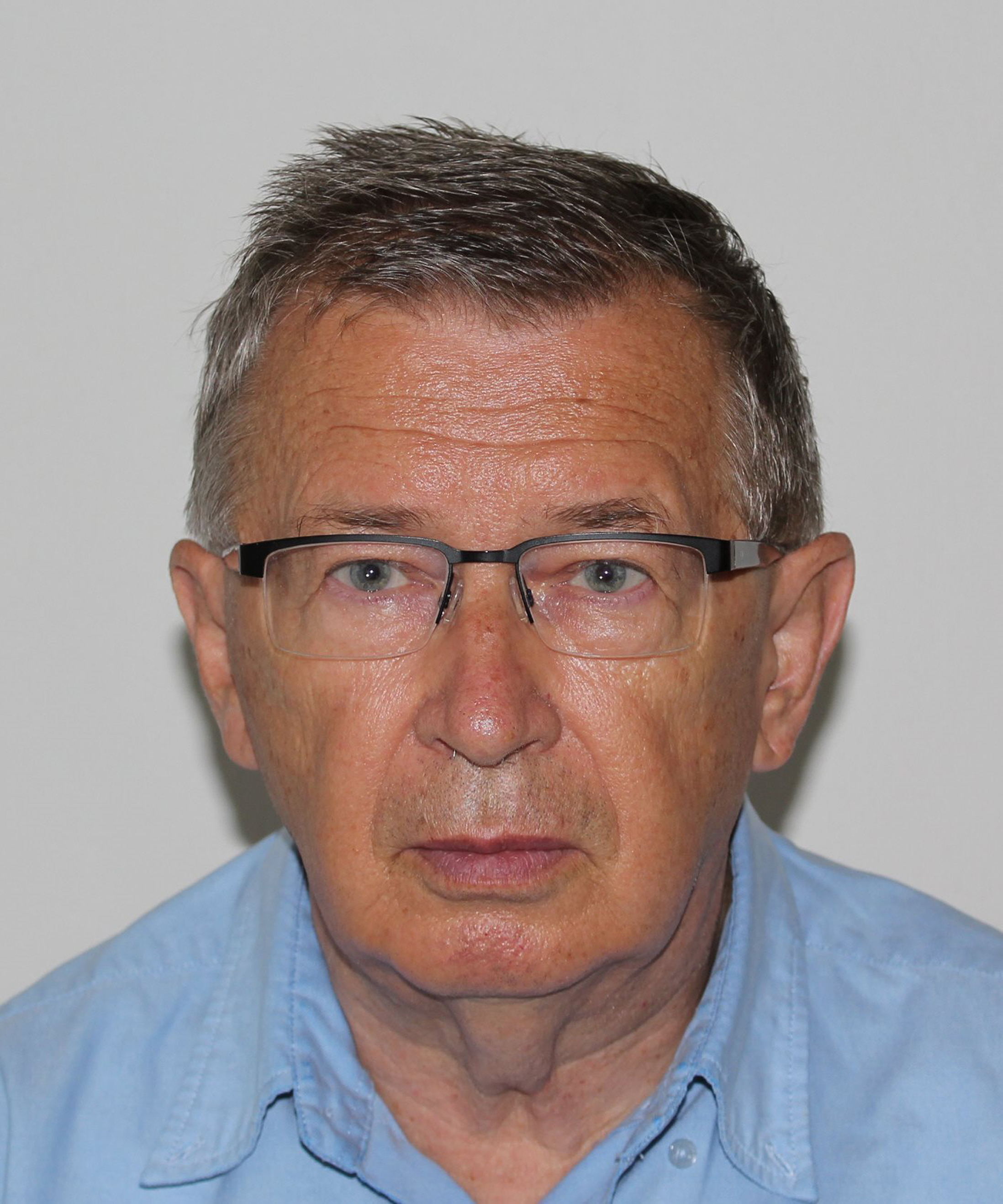
Foreword about Professor Branislav Dobrucky senior member of the IEEE Industrial Electronics Society and the Professor at the Department of Mechatronics and Electronics, Faculty of Electrical Engineering and Information Technology, University of Zilina:
"Dear readers and editor,
it is a great honor for me to address you by a few words. From my point of view, today’s power electronic systems are creating by the conjunction of electrical controlled drives, mechatronics, electric traction & power engineering on the one side, and its parts are microelectronic, microcomputers Digital Signal Processors (DSPs), automation & informatics and communications on the other side. So, as you see, it is a complex matter and only the versatile interdisciplinary educated one can handle all the necessary particulars for works in the field of power electronics. The scientific journals among which Advances in Electrical and Electronic Engineering includes can help you apply now and in future in this field of technology. I would like to wish you many success, papers and citations in your journal in the future.
"
Vol 16, No 2 (2018): June
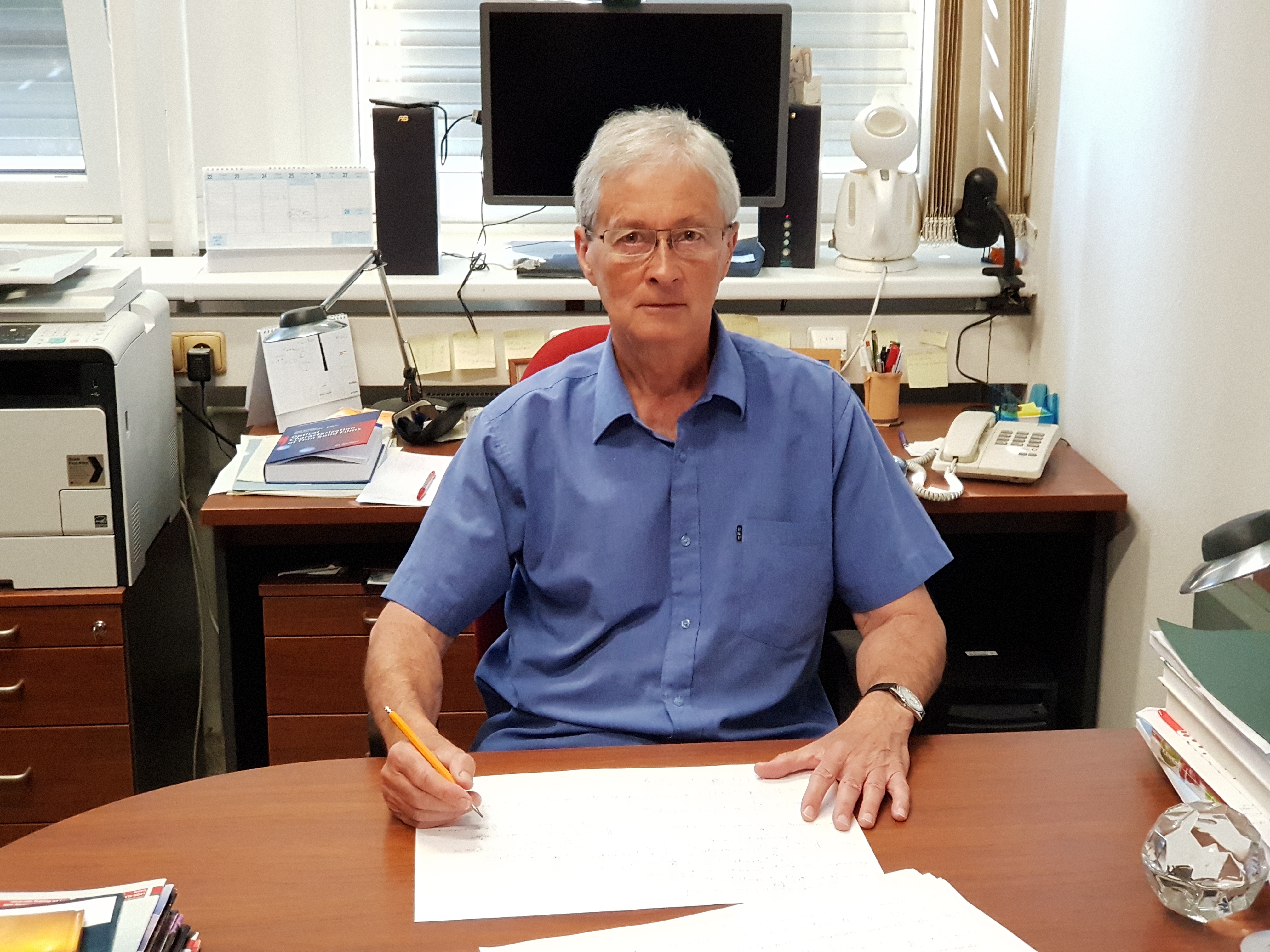
Foreword about Professor Miloslav Ohlidal member of the International Scientific Editorial Board of "Advances in Electrical and Electronic Engineering" journal and the Professor at Department of Optics and Precise Mechanics, Institute of Physical Engineering, Faculty of Mechanical Engineering, Brno University of Technology:
"The aim of the editorial policy of AEEE journal is to facilitate contacts between research centers and the industry within a wide range of scientific disciplines, including physics and optics. As a person who deals with optics of thin films, let me briefly mention here the importance of this discipline for the technological growth of our society. Generally, the use of these films is really multidisciplinary. For example, they serve as elements of various electronics systems, thin film coatings play important role in mechanical engineering, and their optical properties are utilized for example in optical, photovoltaic, automotive and jewelry industries. This fact is a powerful stimulant for the development of thin films with the new properties required by the above-mentioned technical practice. From another point of view, such new films also allow the creation of an unlimited variety of new advanced device structures which are developing in the academic research. Therefore, it is necessary to have reliable methods to characterize these properties. Regarding the films which are intended for optical applications, there are plenty of such methods determining the film optical parameters (today the number of them is certainly more than 100). Among them the variable angle spectroscopic ellipsometry (VASE) and spectrophotometry (SP) are the most often used. It is frequently valuable to combine those optical methods of thin film characterization with non-optical methods like, for example, scanning or transmission electron microscopy, scanning probe microscopy, energy dispersive X-ray spectroscopy etc. As a part of new trends in the field of thin films characterization can be mentioned trends characterized by an endeavor to include various film defects in the process of the evaluation of the film optical parameters. The development of imaging versions of VASE and SP can also be included in these trends"








